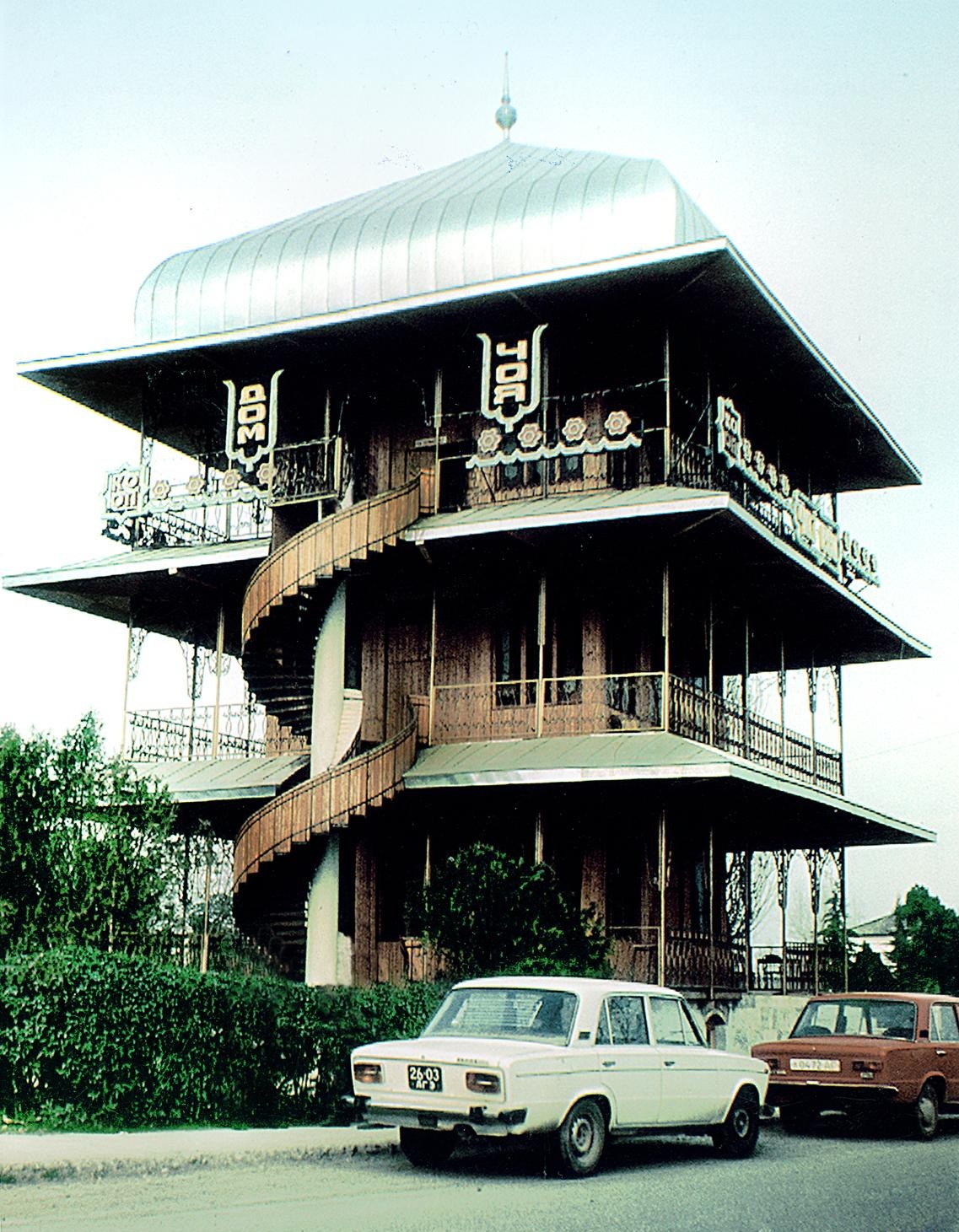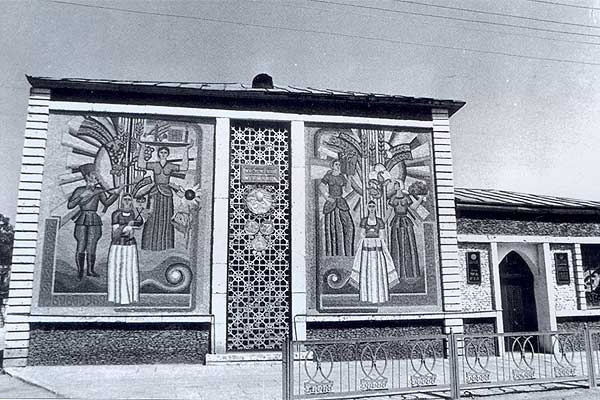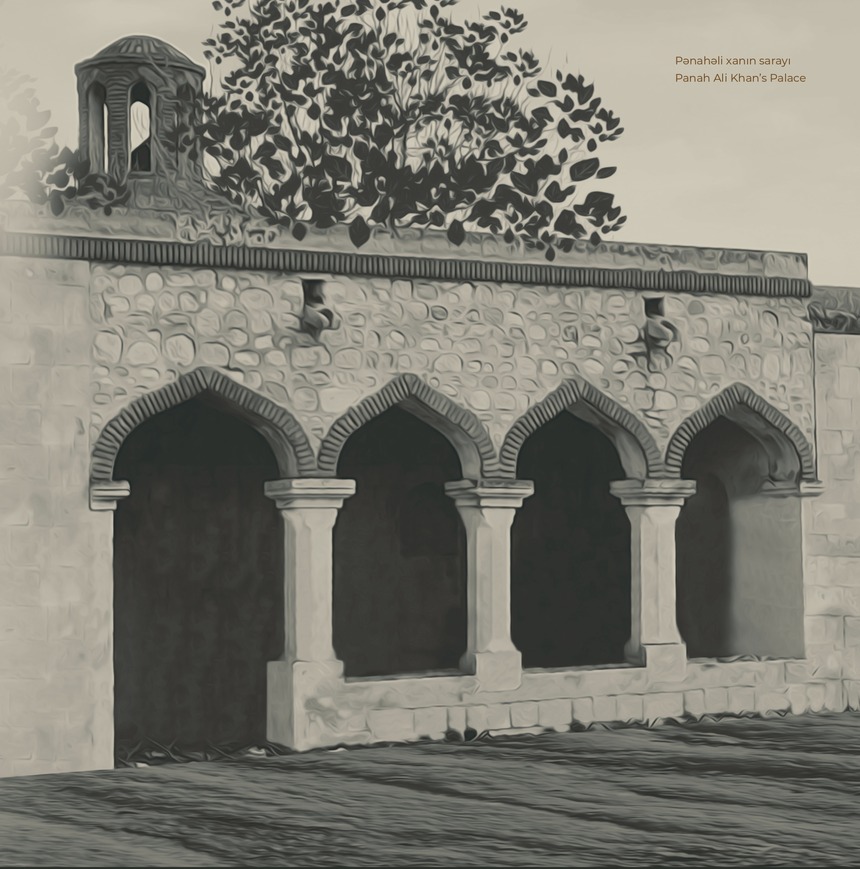HISTORY OF AGADAM
Aghdam district was founded in 1930. The district’s terrain, which covers an area of 1094 square kilometres, is mostly flat and partly mountainous. The Aghdam region is located in the centre of Karabakh, Azerbaijan’s historic and fascinating territory, in the northeastern foothills of the Karabakh mountain range, west of the Kur- Araz plain. The old historical monuments of Aghdam, considered the gateway to lovely Karabakh, have survived millennia of turmoil and have survived to this day. The name “Aghdam” means “small castle” in ancient Turkish. Turkic-speaking tribes who lived in this area in the distant past typically built small forts to defend themselves. The meaning of this city’s name has shifted over time. Panahali Khan of Karabakh ordered the construction of a white stone palace in this city in the first half of the 18th century. That structure has long served as a beacon for residents of the surrounding villages. In this context, “Aghdam” refers to a stunning; white house highlighted by the sun’s beams. In the Aghdam region, there are several architectural monuments that bear evidence to our history. The Uzerlik hill monument in Khinderistan village, northwest of Agdam city, the Gutlu Musa oglu dome (1314) in Khachindarband village, tombs and stone monuments in Salahli-Kangerli village (XIV century), Khanoglu tomb (XVII century) in Papravand village, tombs and mosques (XVIII century), the mansion of Karabakh Khan Panahali and his descendants in Aghdam (XVIII century).
During archaeological research in other areas of the region, such as Leylatape and Uzarliktepe, which were ancient settlements, scientists discovered material and spiritual monuments related to pottery, metallurgy, jewellery, and other fields from the Eneolithic and Middle Bronze Age (first half of the II millennium BC). The grain and grape grains discovered here demonstrated that the local people was sedentary and had a strong agricultural culture. Archaeologists say that Uzarliktepe was the first urban community in the Caucasus and one of the places with the richest monuments in Transcaucasia based on the material and cultural relics discovered during their investigation. The spectacular mound belonging to the Late Bronze and Iron Age (encompassing the XIX-XIII centuries BC) is a highly remarkable historical monument in the middle of the 1980s, near the settlement of Sarichoban of the region. The material finds from the 12th-13th century B.C. uncovered in the Kurgan show that this monument is a wealthy person’s grave. This is the finest visible evidence of the primitive- community structure collapsing and the emergence of social and labour inequalities in Azerbaijan at the time. Later, as a result of Azerbaijan’s historical processes, the first state institutions began to emerge. The slave state of Albania, which developed in Northern Azerbaijan, was one such polity. According to the records, ancient Albania had 26 tribes, with the highly cultivated Gargar tribe settling around the Gargar River in the Aghdam area. This definitely demonstrates that Aghdam played an essential part in the state formation that was taking place on Azerbaijan’s territory at the time.
Tea House
Bread Museum
Panah Ali Khan’s Palace


